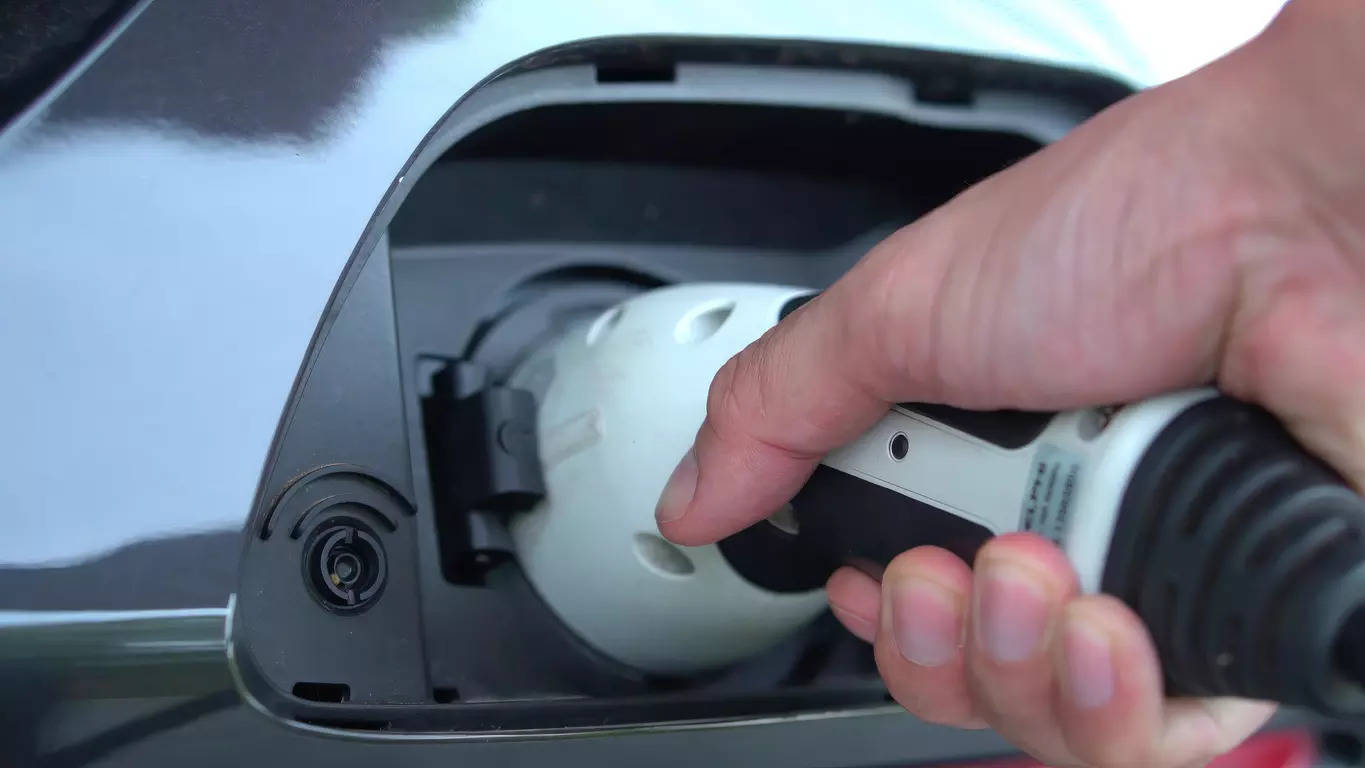
New Delhi: Majority of automakers are betting on electric vehicles (EVs); but a few carmakers are more inclined to hybrids. Automakers like Maruti Suzuki and Toyota believe alternative fuels are the future of India. Toyota has set an example where it prefers to stay low from the currently widely adapted technology for electric vehicles.
Maruti follows a “Technology Agnostic Approach” and is working on developing technologies which are relevant for a wide variety of consumer segments considering the ability to purchase. Both car makers are actively working on alternative fuel options like hybrids, CBG and many more along with electric vehicles.
What makes hybrid electric vehicles (HEVs) different from battery electric vehicles (BEVs)?
BEVs are run on one electric powertrain or electric battery. It has to be plug-in recharged each time when the battery’s energy runs out. While HEVs are a combination of both ICE and electric motors. They run on both types of engines.
BEV sales increased to 1.53 million units in 2023 against one million 2022. EVs demand rose at 50% YoY in 2023 as per Mercom reports. In the overall sales of automobiles, BEVs contributed about 6% last year.
Maruti Suzuki is simultaneously working to offer BEV products to meet diverse customer requirements. A Concept EVX was showcased in Auto Expo 2023 with expected launch in India in early 2025. “MSIL along with the parent company Suzuki is developing an EV built on a completely new EV exclusive platform for the India market with a range up to 550 km,” CV Raman, CTO, MSIL, said.
HEVs are expensive and it narrows down the target segment of consumers. According to an automobile industry expert Kaushik Madhavan, “The training and the competency required from the dealership and service network for HEV are a lot more than that needed for an electric vehicle or a general combustion engine. So, that way it will increase costs.”
Infrastructure is a hurdle to spur the demand for BEVs in India.
One of the reasons for the delayed adoption of the BEVs is the lack of infrastructure. Industry experts have continued to underline the need to grow from zero to one is to invest in infrastructure through public and private partnership. Through PPP it is estimated that EV sales would reach about 8 crore by 2030.
According to reports, a TKM spokesperson presented a study conducted by iCAT (International Centre for Automotive Technology), where the data show that the design of hybrids make them 40% more efficient in terms of distance travelled for about 60% of the time, while its IC engine is switched off, thus making HEVs a more suitable option than ICE.
Toyota claims that ‘hybrids’ are the right choice for India till India’s charging infrastructure gets ready for mass adoption of battery electric vehicles.
High tax rate a major setback in the adoption of HEVs; will the government cut tax rates?
As per the current taxation policy, petrol vehicles are taxed 50% and hybrids 43%. According to reports, Vikram Gulati, Toyota India’, Country Head, has said that Toyota is lobbying for an 11% tax differential for HEVs and 14 points for flex-hybrid vehicles against the ICE vehicles, The government is yet to clarify whether it would bring taxes down to 37% for hybrids from 43% and 34% for flex-hybrids.
Toyota has brought to the attention of the government that high tax rates would make the adoption of HEVs difficult. Lower tax rate would help automakers increase sales of HEVs as it would give the customers an opportunity to add one more option to their vehicle- buying list. Industry experts say this can potentially bridge the gap between EVs and ICE vehicles and support the adoption of HEVs.
“The clear goal of the government is to push for electrification in terms of new vehicles, new models and infrastructure development. So I don’t think this is going to change. Even though some of the OEMs like Toyota for example, are pushing really hard, lobbying hard for reducing taxation on hybrid vehicles, it’s unlikely that it’s going to happen,” an industry expert said.
What are the alternative fuel options in the Indian car market?
Unlike conventional fuels where only two options, petrol or diesel, are available, alternative fuels are many. Those who don’t want to switch either to HEVs or BEVs have the option of CNG/Flex Fuel/Hydrogen Fuel and many more.
Maruti has 14 CNG models to offer in the market currently, it is also working on alternative fuels to support the government’s focus on biofuels (E85/ E100). “We showcased the Wagon R flex fuel prototype in Delhi Auto expo 2023. We will launch the same in India in future,” CV Raman said.
“Maruti Suzuki has been working on the CBG (Compressed Biomethane Gas) project since 2022, believing that it can contribute to the development of India by combining rural revitalization, the realization of a sustainable recycling-oriented society, and providing mobility. Recently WagonR CBG product was showcased in Japan Mobility show 2023 indicating Suzuki’s CBG business initiatives in India.” he added.
What is the current demand scenario of hybrids vehicles in India?
The demand for hybrid vehicles not only depends on lower taxes but also on the readiness of the OEMs to introduce them as the future of mobility. Talking about the demand for hybrids, K Madhavan said, “I personally don’t think hybrids will have a significant market share in India in the next few years. There will be a few niche models which are not likely to be cost competitive, but the longer term objective is definitely electrification.”
Toyota has been on the forefront with its marketing tools like ‘Hum hai hybrids’ to promote HEV and mark its challenge to other automakers manufacturing EVs.
















